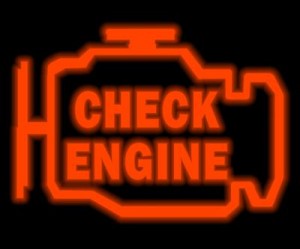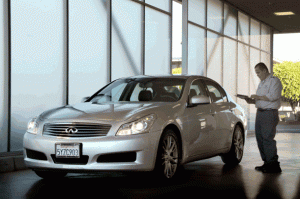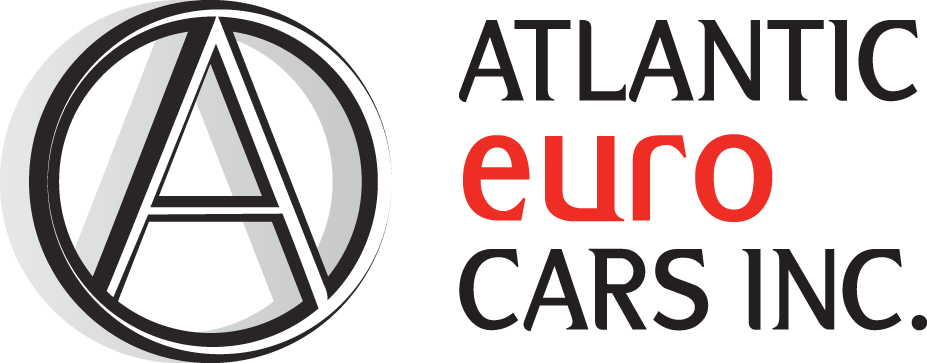Servicing Your Car
When Do I Need to Get Service
Your dealer tells you to change the oil in your new car every five thousand kilometres, check alignment every ten and flush your radiator once a year. On the other hand, one of your buddies can’t remember his last oil change and NEVER flushes his radiator. Who’s right?
Certainly not your buddy, and in the above example, not your dealer, either.
The only reliable guide to servicing your car is your owner’s manual. Some very high priced and well qualified help at the automakers made those recommendations after thousands of hours of deliberation and millions of miles of testing. They know what they are talking about. Take the time to read the service section carefully. And you would do well to go back and review it any time you reach a recommended service interval.
What Minor Problems Can Be Ignored
 It’s simple; red means stop, yellow (or orange) means caution. If a red light comes on, your onboard diagnostic computer might be telling you your crankcase is empty of oil, or your coolant has escaped from a burst hose. It could also be a malfunctioning sensor, but you can’t afford to ignore it. Don’t drive a foot further than you absolutely have to before having a mechanic check it out.
It’s simple; red means stop, yellow (or orange) means caution. If a red light comes on, your onboard diagnostic computer might be telling you your crankcase is empty of oil, or your coolant has escaped from a burst hose. It could also be a malfunctioning sensor, but you can’t afford to ignore it. Don’t drive a foot further than you absolutely have to before having a mechanic check it out.
On the other hand, an orange light is just a warning. It points to something that needs attention but can usually wait until you drive the car to your service provider, who will use a code reader to pin point the issue. The problem could be one of a hundred, but these days an orange light is most likely telling you that the car is exceeding maximum emission parameters. This is a touchy issue. Failure to correct an emission problem may put you in breach of the law, but it is one that is regularly ignored and almost impossible to enforce. Also, it seldom has any impact on the safe or efficient operation of your vehicle.
Who Should Service Your Car
On Board Diagnostic (OBD) computers were first installed in cars in the early 80’s. The first OBD systems were manufacturer specific and proprietary, and only new car dealerships had code readers. OBD systems are now standardized and subject to regulation. Since 1997 all passenger cars and light trucks in the USA are required to meet open OBD requirements. Canada enacted parallel legislation in 1998. This gives aftermarket service providers access to code reading technology.
 Despite this, most drivers take a new car to their dealership for service. Modern dealerships work hard to make their customers happy, and usually have sophisticated customer management systems in place. Often you can drive out of the weather and into a heated garage and discuss the service issue with an advisor without getting out of the car. During the warranty period, it makes even more sense to turn to your nearest dealer.
Despite this, most drivers take a new car to their dealership for service. Modern dealerships work hard to make their customers happy, and usually have sophisticated customer management systems in place. Often you can drive out of the weather and into a heated garage and discuss the service issue with an advisor without getting out of the car. During the warranty period, it makes even more sense to turn to your nearest dealer.
But if for any reason you decide to use aftermarket service providers, make sure they are reputable; and retain all receipts or other service information. A dealership doesn’t have to be the one that changes your oil, but the manufacturer can insist on seeing proof the car has met factory specified service requirements before they pay for warranty repairs. In any case, it’s always a good idea to maintain a complete record of service. Evidence of rigorous service compliance becomes a strong selling point when it’s time to trade cars.
Repairs – Original Equipment vs. Aftermarket
If your car is being repaired under warranty, you can count on getting parts from the manufacturer. Even after the warranty expires, high value cars warrant being repaired using original equipment parts.
As a car ages and drops in value, the issue becomes murky. Many aftermarket providers do make good quality parts, and the cost can be significantly less. The best advice if you don’t use your dealer is to have the repair done by a reputable shop. They will use less expensive aftermarket parts if it is appropriate, but they won’t risk the integrity of the repair by installing junk.
What Service Items Can an Owner Tackle
Cars are becoming better every year. Many can be driven 200,000 kilometers or more without significant problems. But they are also becoming much more complicated. If you intend to do more than check the oil or put air in the tires, you should thoroughly understand the service recommendations of the manufacturer. Taking full responsibility for service is a big undertaking and means a lot of study and work. To see what you are up against, consider the following generic check list from TeamBHP.com:
Every 10,000 km
- Change engine oil & filter(synthetic oils – 15,000 km).
- Check and top-up all fluids (coolant, power steering, brake, transmission etc.).
- Clean or replace air filter.
- Rotate wheels, check balance & alignment. Check condition (including spare).
- Check and adjust all belts. Replace if any are cracked.
- Check all hose pipes. Replace if any are cracked.
- Check wiper blades & adjust washer nozzles.
- Check all lights.
- Check battery.
- Clean and wax car. Clean interior.
- Apply paint to small scratches.
Annually or Every 20,000 km
ALL FROM STEP ONE, PLUS:
- Replace wiper blades.
- Replace fuel filter.
- Check and clean brakes.
- Check brake hoses and lines.
- Check spark plugs.
- Check engine idle.
- Check clutch release travel if applicable.
- Check suspension (shocks, bushings, tie-rod ends etc.).
- Check steering gearbox & boots.
- Check driveshaft boots.
Every Two years / 40,000 km
- Flush radiator and change coolant.
- Change transmission / transfer gear / differential oil (4×4’s annually).
- Change and bleed brake fluid.
- Change power steering fluid as recommended by manufacturer.
- Check and replace spark plugs as recommended by manufacturer.
- Clean fuel injectors as recommended by manufacturer.
- Clean / adjust throttle body as recommended by manufacturer.
- Check electrical system. including distributor cap, rotor and ignition wiring if equipped.
- Check PCV valve as recommended by manufacturer.
- Check ignition timing if adjustable.
- Do complete air-conditioning service.
- Check brake pads.
Every three years / 60,000 km
- Change timing belt. Replace water pump.
- Inspect & replace shocks as necessary.
- Change all drive belts.
- Change all hose pipes.
- Check status of clutch and related parts.
- Check condition of engine mounts.
Take time to think about how you service your vehicle, it’s well worth the effort. You will drive your vehicle in greater safety and with more confidence. If you have any questions, call Hup or Gary at 506-638-9340.
